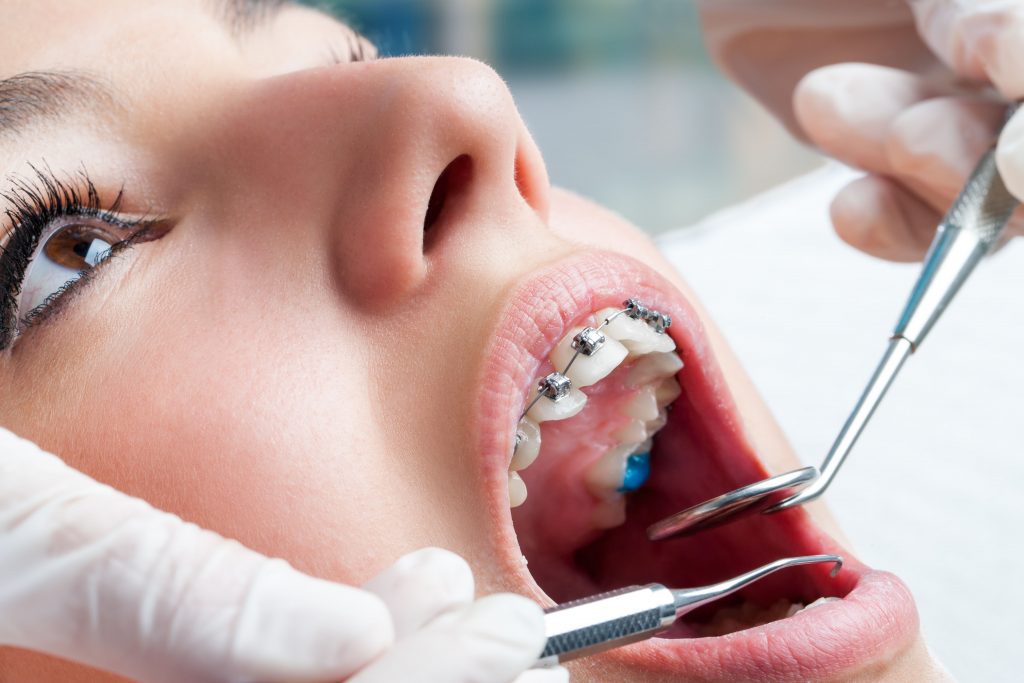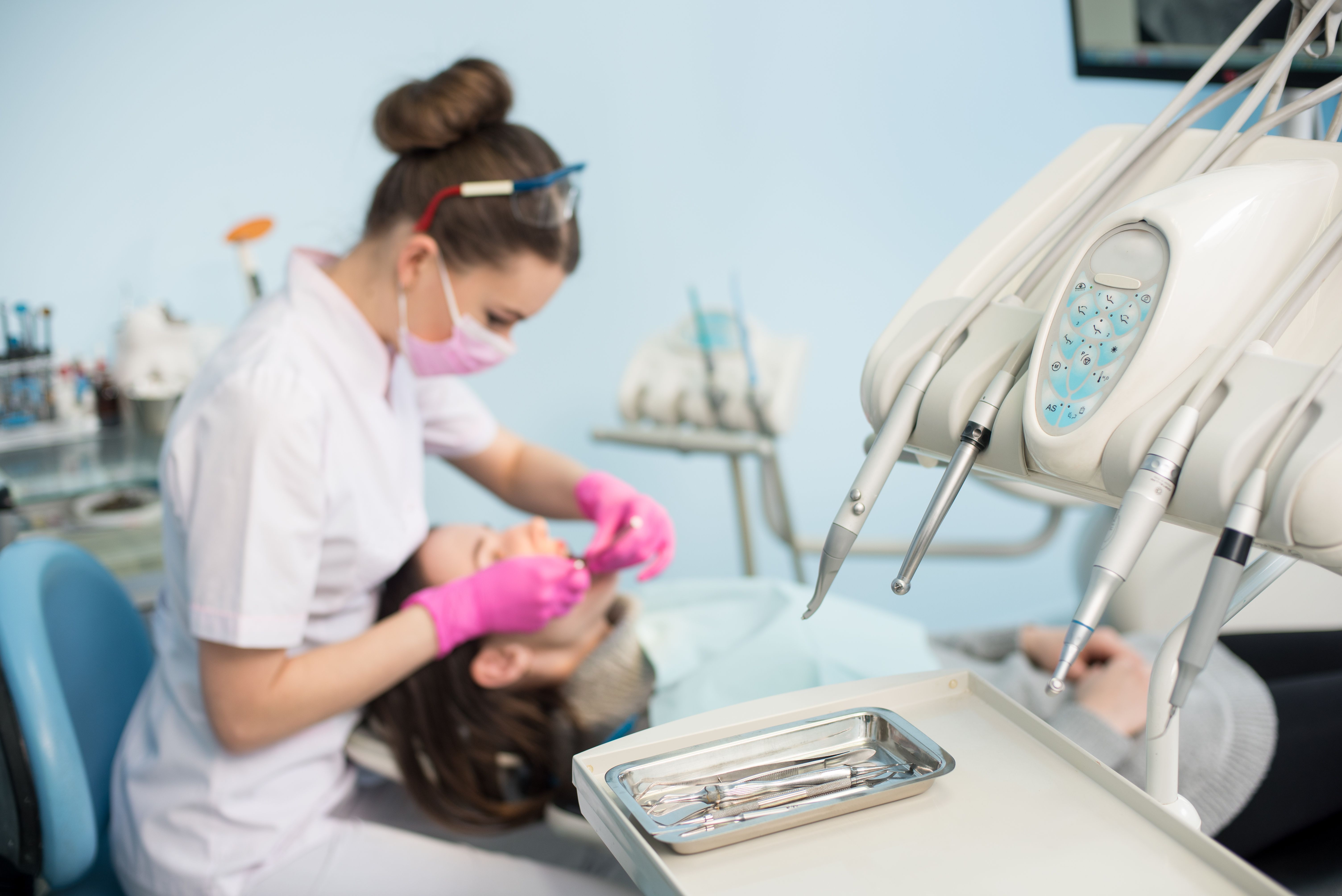Orthodontics
Orthodontic methods
There are a number of orthodontic treatments you can get to improve the shape and growth of your teeth.
Objects of the Orthodontics
A. Protective Orthodontics: Primary duty of an orthodontist is to prevent the formation of an orthodontic anomaly in the children.
Maintenance of places of baby teeth extracted in early ages is highly important for the proper sequencing of the permanent teeth in future.
B. Suspensive Orthodontics: If the formation of an anomaly in a child has not been prevented, the anomaly is stopped and its occurrence is prevented.
It covers tooth extractions to stop bad habits (i.e. thumbsucking) and prevent future occurrence of crookedness.
C. Therapeutic Orthodontics: Covers the therapies performed after the formation of an orthodontic anomaly.
Therapy planning must be made by an Orthodontist.
Orthodontic Treatment Targets
Orthodontic treatments aim to provide good chewing, talking and breathing function;
To provide good tooth, jaw and face aesthetics;
To ensure the permanence of the situation achieved as the result of the orthodontic treatment.
Here are some of the treatments available:
Thumb-sucking is a common habit of children, that can negatively affect their teeth growth although can be altered by orthodontics.
Those apparatus produced to break the habit of thumb-sucking are affixed to the teeth using tapes.
They are recommended to be used as the last option as they are not very comfortable during eating.
Fixed Space Maintainers:
If milk teeth have been lost earlier than normal, space maintainers are used to prevent the other teeth to slide towards the space until permanent teeth grow.
Removable Apparatus. Aligners (treatment without brackets):
Being an alternative to the fixed treatment carried out using brackets for the adult, it is preferred by many orthodontists to align the teeth as there is no bracket and denture.
Aligners are generally transparent and removed to eat, brush teeth and use dental floss.
Although they are demanded by the patient insistently in recent years, they may remain insufficient for severe Orthodontic deficiencies.
Your Orthodontist will make the decision in this respect and provide you with the required information.
Removable Space Maintainers:
Removable Space Maintainers have the same function as fixed space maintainers. It consists of an acrylic base fitted on the jaw and fills the space between specific teeth with a plastic or wires.

Apparatus developed to reposition the jaw:
That apparatus called “splint” is placed on the lower or upper jaw and helps the jaw to be closed in a better position. A splint is used to improve temporomandibular joint disorder.
Lip and cheek bumpers:
An apparatus which pushes the teeth backwards and prevents lips and cheeks to come between the teeth. Lip and cheek muscles may apply force on the teeth and bumpers cut such force.
Jaw expanders:
It is a screw apparatus which enables the upper or lower jaw to be expanded. It is made of a special plastic material called acrylic and fitted on the palate.
By virtue of the force applied by screws, jawbones underneath the teeth and the palate grow and expand.
Removable Reinforcements:
It is a passive apparatus used to maintain the position of the teeth and prevent them to revert back after the treatment ends.
Headgear:
It is an apparatus attached to upper molar teeth with tape and metal wire placed on the back of the head (on nape or skull).
Headgears slow down the development of the upper jaw and enable front teeth to move backwards while keeping back teeth as is. They are usually worn during the evening and night.

Which treatment is applied when?
If relation to each other of the lower and upper jaw bones carrying the teeth is normal and the problem is on the teeth only, such abnormalities can be treated on each age.
However, problems related to the jaw-face skeleton can be treated especially in growth and development periods.
Orthodontists determined the stage of growth and development period of the patient by means of “cephalometric” or “hand-wrist” x-rays because bone age and chronological age of the patient do not always correspond to each other.
In case active growth and development of the patient have ended, severe skeletal problems can be treated by the combination of orthodontic and surgical treatment called “orthognathic surgery”.

